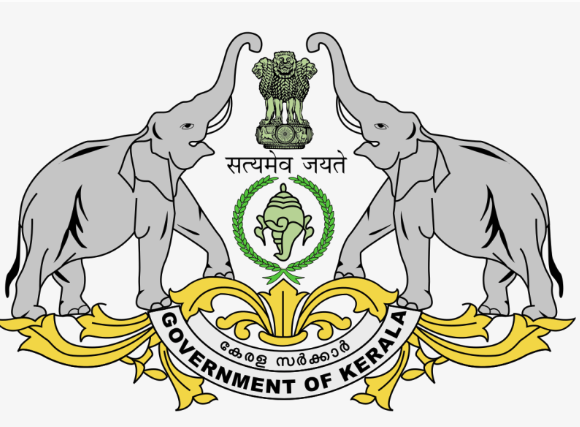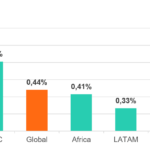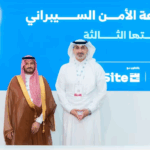Global Anti-Drone Market to Triple by 2030 as Demand for Airspace Security Intensifies

The global anti-drone market is entering a period of rapid acceleration, driven by rising concerns over unauthorised drone activity and the need to protect critical infrastructure, military assets and public spaces. According to a new MarketsandMarkets report, the sector is set to grow from USD 4.48 billion in 2025 to USD 14.51 billion by 2030, reflecting an impressive CAGR of 26.5%.
The increasing frequency of drone intrusions near airports, borders, government facilities and large events is pushing both governments and private operators to strengthen their counter-UAS capabilities. Defence and homeland-security agencies remain the largest adopters, but interest from commercial sectors is rapidly expanding as drones become more accessible, sophisticated and potentially disruptive. This shift is supported by the integration of AI and machine learning into detection and neutralisation technologies, which significantly enhances system accuracy and operational response times.
The report highlights that long-range and laser-based systems are expected to record the fastest growth, responding to the needs of large-scale military bases and infrastructure sites. Ground-based platforms continue to dominate the market due to their reliability, while the most dynamic application segment is “detection and disruption,” as users increasingly look for complete end-to-end counter-drone solutions rather than basic monitoring tools.
Regionally, the Asia-Pacific market is projected to grow the fastest, fuelled by defence-modernisation programs and the rapid expansion of smart-city initiatives in countries such as China, India, Japan, and South Korea. The Americas and Europe remain strong markets, supported by mature procurement processes and evolving regulatory frameworks aimed at securing lower-altitude airspace.
For the security systems industry, particularly in the Middle East, this global trend represents a significant opportunity. The region’s emphasis on critical infrastructure protection, large-scale event security, and national-level smart-city development aligns closely with the capabilities of next-generation anti-drone systems. As governments and private operators seek more precise, integrated, and AI-supported counter-UAS technologies, suppliers and integrators with technological depth and strong regional partnerships will be best positioned to capture growing demand.
With the market expected to more than triple by 2030, anti-drone solutions are quickly moving from specialised military tools to a mainstream requirement for both public and private-sector security strategies worldwide.




















